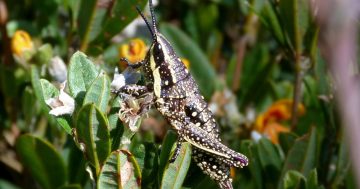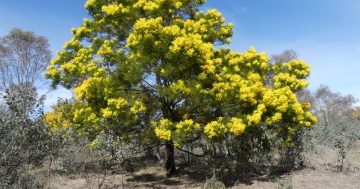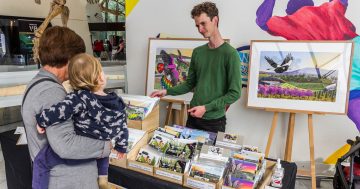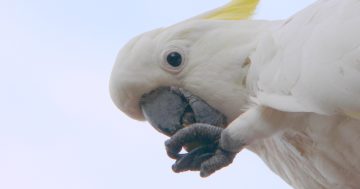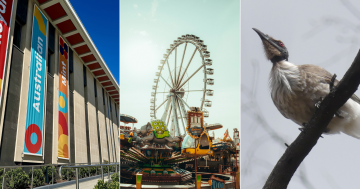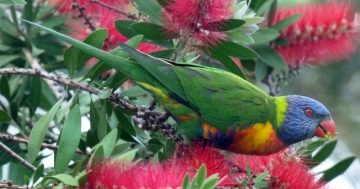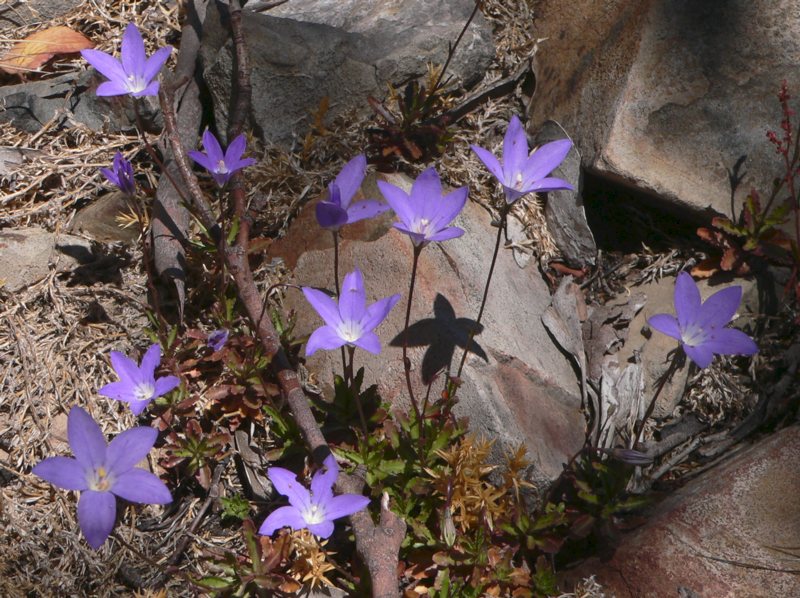
Royal Bluebell, Namadgi National Park. Our territory emblem – but should it be? Photo: Ian Fraser.
It’s coming up to 40 years since a committee recommended that the ACT proclaim the Royal Bluebell Wahlenbergia gloriosa as its official floral emblem, which was duly adopted.
It’s a truly lovely flower and large numbers were bought by Canberrans eager to show pride in their Territory and flaunt its rich purple-blue flowers in their gardens. Sadly, the bluebells nearly all died the next summer, unaccustomed to the hot, dry conditions. Could we have got it wrong?
Actually, I think we did, though not primarily for that reason.
It seems to me that there are two criteria by which we could select an emblem. One is that the plant (or animal) is familiar to much of the population who thus relate to it.
The other is that it is unique to the ACT, found in the wild mostly or only here. The Royal Bluebell, delightful as it is, doesn’t meet either criteria. Firstly very few Canberrans ever see one in the wild – they live only in the high mountains in moist areas (hence their inability to cope in Canberra summers), and those people who do drive into the snow gums in summer mostly drive past them as they huddle in the ditch below the roadside banks.
Secondly, they are far from being unique to the ACT. Indeed they are easier to see in the mountains of NSW, especially Kosciuszko National Park and the Victorian high country.
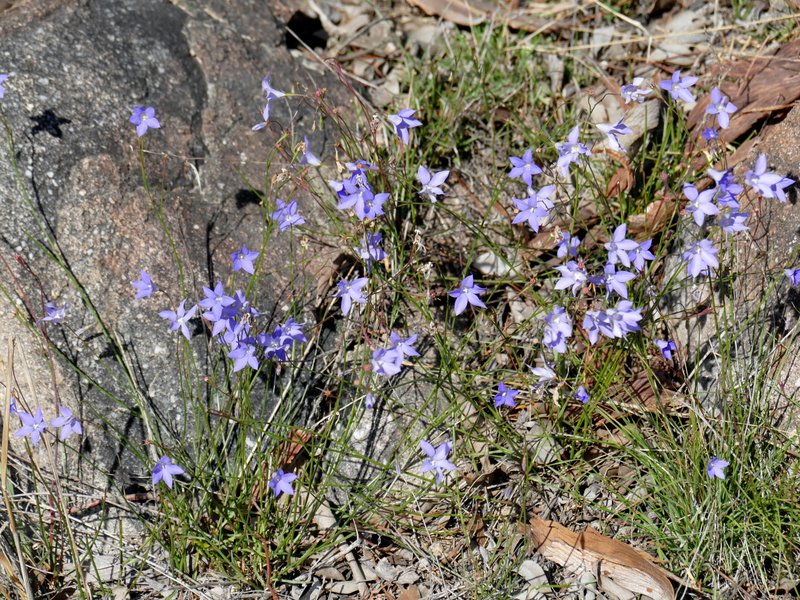
Common Bluebells are often mistaken for our floral emblem – so maybe they should be it! Photo: Ian Fraser.
I can think of two good examples, however, that meet the two criteria I’ve suggested (though I can’t come up with one that satisfies both, unfortunately).
The first is the ubiquitous and ridiculously hardy little Common Bluebell Wahlenbergia communis, which we all know as a source of cheer in summer as it flowers on nature strips that are otherwise barren or weed-infested. The swathes of blue seem miraculous, growing out of harsh gravel.
I know that many people think they are the emblem, so it would make sense to formalise the misunderstanding! If you plant a couple in the garden, they’ll soon start to spread masses of pale blue flowers opening on sunny days.
My other criterion, that of being unique to the ACT, is met admirably by a beautiful grevillea which is pretty much restricted to the Territory, in the high Brindabellas. Once you get your eye in for the silvery foliage and little red flowers, it’s easy to see along the last few kilometres of Mount Franklin Road, between Mount Franklin and Mount Ginini.
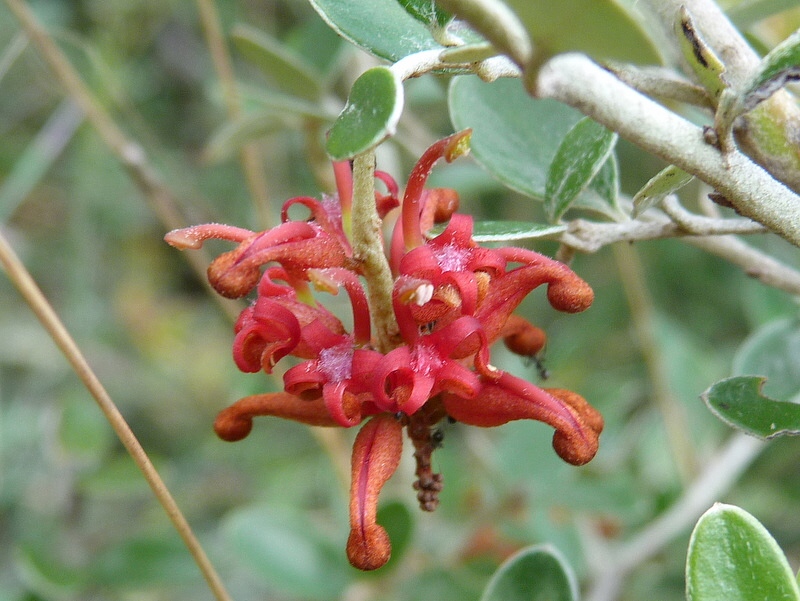
Small Royal Grevillea, growing in the high Brindabellas, is only found in the ACT. Photo: Ian Fraser.
Its name is Small Royal Grevillea (a bit clumsy, but we could do something about that) – Grevillea diminuta. It is, of course, extremely frost hardy, being covered in snow for part of most winters and magnificently tough, growing on harsh bare scree slopes. As you’d expect, it grows well in Canberra gardens.
Can we expect a change any time soon? I shouldn’t think so, but it’s worth discussing at least.
A couple more thoughts before I finish.
Why the awkward Wahlenbergia name? Well, why indeed. Goran Wahlenberg was a Swedish botanist and medical professor who lived from 1780 to 1850, exploring the icy Arctic areas. Neither he nor the plants with his name ever saw each other, but they were named as a tribute to him. Still, I don’t suppose the bluebells care.
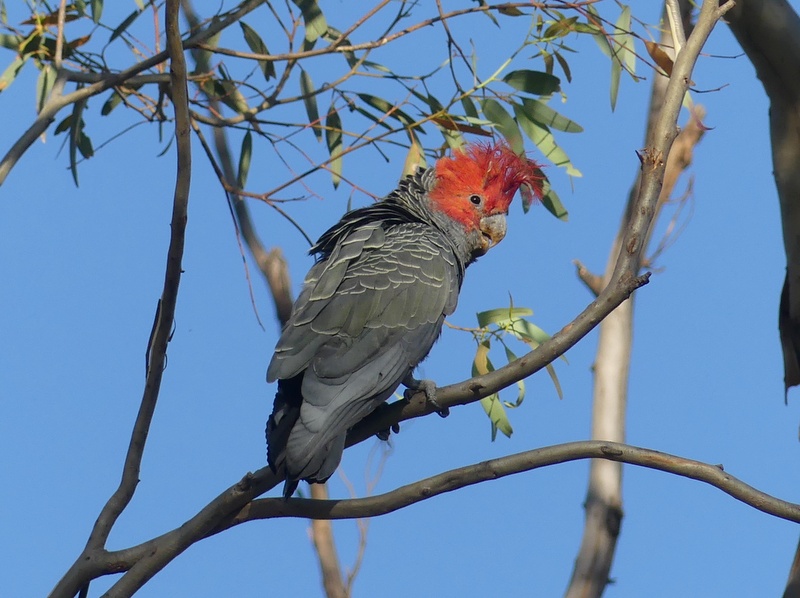
Is the Gang-gang Cockatoo a most fitting emblem for the ACT? Photo: Ian Fraser.
As for our faunal emblem? What about the wonderful Gang-gang Cockatoo? I can’t imagine there’s too much doubt about it being appropriate.
This delightful ash-grey cockatoo, the male with that absurdly endearing wispy red clown’s cap, can be found anywhere in Canberra, creaking its distinctive cork-coming-out-of-a-bottle call. Moreover, it is the only city in the world where they can be found throughout, including the city centre. However, they deserve their own column, and I’m happy to offer it to them here soon.
Funny things emblems, but if they can start a conversation, that’s something else in their favour.
Ian Fraser is a Canberra naturalist, conservationist and author. He has written on all aspects of natural history, advised the ACT Government on biodiversity and published multiple guides to the region’s flora and fauna.
Original Article published by Ian Fraser on Riotact.



